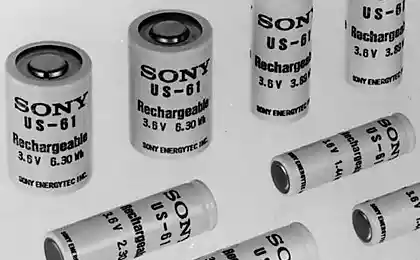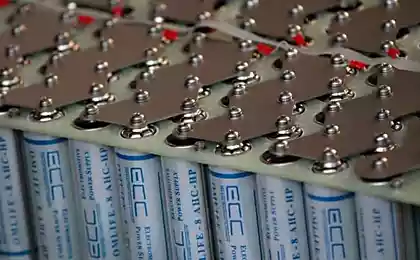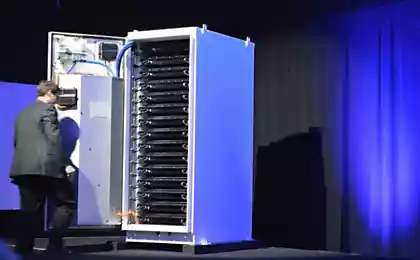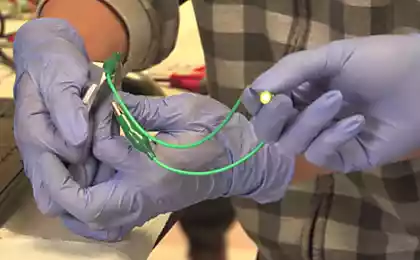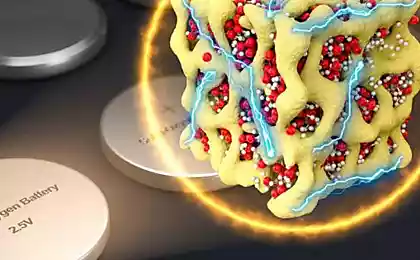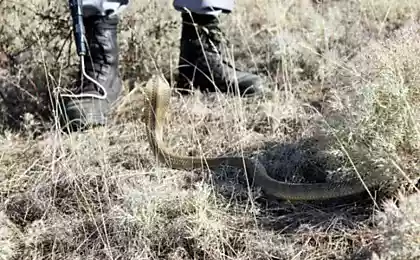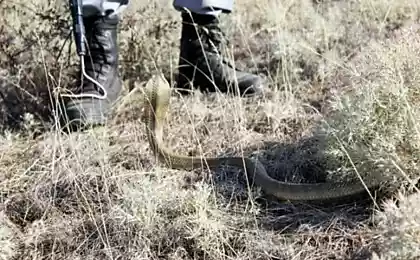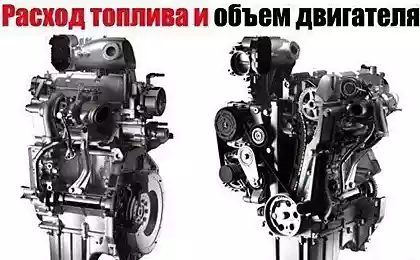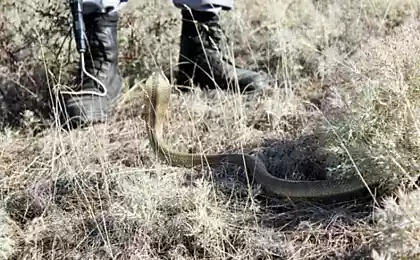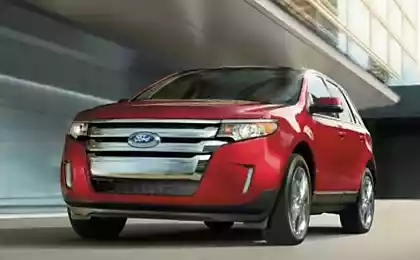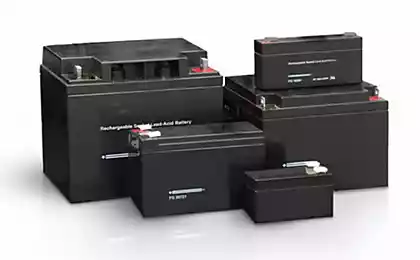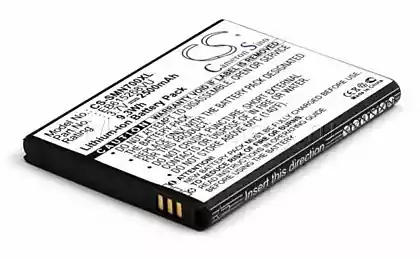448
Wind electric car crossed the whole of Australia
Lightweight carbon fiber vehicle, which uses as energy source high-tech lithium-ion batteries and a portable wind turbine crossed the whole of Australia. After 3000 miles, intrepid travelers spent only $ 15 for the charging battery from the mains. With a fair wind, as an additional support, enthusiasts used a giant kite.
"They were able to recharge your lithium-ion battery with the kite from 10 to 15% of the time," — said bill Bunting (Bill Bunting) senior researcher at Evonik Industries in new Jersey. This company built the car to demonstrate the capabilities of its battery technology and lightweight materials.
Wind Explorer – the so-called fancy machine, is currently on display at the head office of the company. Her body of carbon fiber weighs only 200 pounds (90,8 kg). Weigh the same battery, portable wind turbine at 70 lb (31.75 kg) heavier. Total comes to slightly more than 304 kg. When fully loaded, including the weight of two persons and a kite, the car weighs 1000 pounds (454 kg). This figure is a clear evidence of what can be achieved using modern materials.
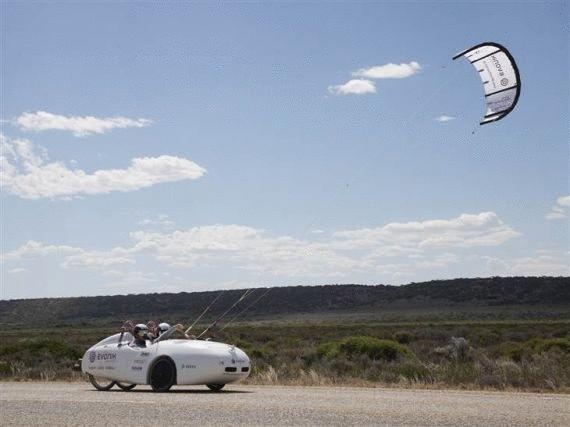
American automakers are desperately searching for options for weight loss commercial models to meet the new fuel economy standards. By 2025, the average efficiency of the entire fleet of American vehicles must be of 54.5 miles per gallon of fuel (4,36 l/100 km). A weight reduction of one kilogram in this race provides two "extra" miles on the odometer. To reduce the weight of their machines, the largest American carmaker General Motors is testing the possibility of using in automotive parts, doors and the boot lid is magnesium instead of aluminium. Magnesium is 33% lighter than aluminum and 75% lighter than steel.
In addition to the lightweight carbon body Wind Explorer is equipped with special tires. The rubber composition Evonik added certain chemicals that facilitate rolling, improve traction and extend the life of.
Rechargeable lithium car battery on a single charge stores enough energy to provide the mileage from 175 to 225 miles (281-362 km). During the run it is mostly charged at night from the wind turbine to that spent about 60% of the time run.
Sometimes travelers connected for charging to the electricity network. For the network energy paid a total of $15 dollars. It all costs directly associated with moving through a vast continent.
Source: /users/104
"They were able to recharge your lithium-ion battery with the kite from 10 to 15% of the time," — said bill Bunting (Bill Bunting) senior researcher at Evonik Industries in new Jersey. This company built the car to demonstrate the capabilities of its battery technology and lightweight materials.
Wind Explorer – the so-called fancy machine, is currently on display at the head office of the company. Her body of carbon fiber weighs only 200 pounds (90,8 kg). Weigh the same battery, portable wind turbine at 70 lb (31.75 kg) heavier. Total comes to slightly more than 304 kg. When fully loaded, including the weight of two persons and a kite, the car weighs 1000 pounds (454 kg). This figure is a clear evidence of what can be achieved using modern materials.

American automakers are desperately searching for options for weight loss commercial models to meet the new fuel economy standards. By 2025, the average efficiency of the entire fleet of American vehicles must be of 54.5 miles per gallon of fuel (4,36 l/100 km). A weight reduction of one kilogram in this race provides two "extra" miles on the odometer. To reduce the weight of their machines, the largest American carmaker General Motors is testing the possibility of using in automotive parts, doors and the boot lid is magnesium instead of aluminium. Magnesium is 33% lighter than aluminum and 75% lighter than steel.
In addition to the lightweight carbon body Wind Explorer is equipped with special tires. The rubber composition Evonik added certain chemicals that facilitate rolling, improve traction and extend the life of.
Rechargeable lithium car battery on a single charge stores enough energy to provide the mileage from 175 to 225 miles (281-362 km). During the run it is mostly charged at night from the wind turbine to that spent about 60% of the time run.
Sometimes travelers connected for charging to the electricity network. For the network energy paid a total of $15 dollars. It all costs directly associated with moving through a vast continent.
Source: /users/104


